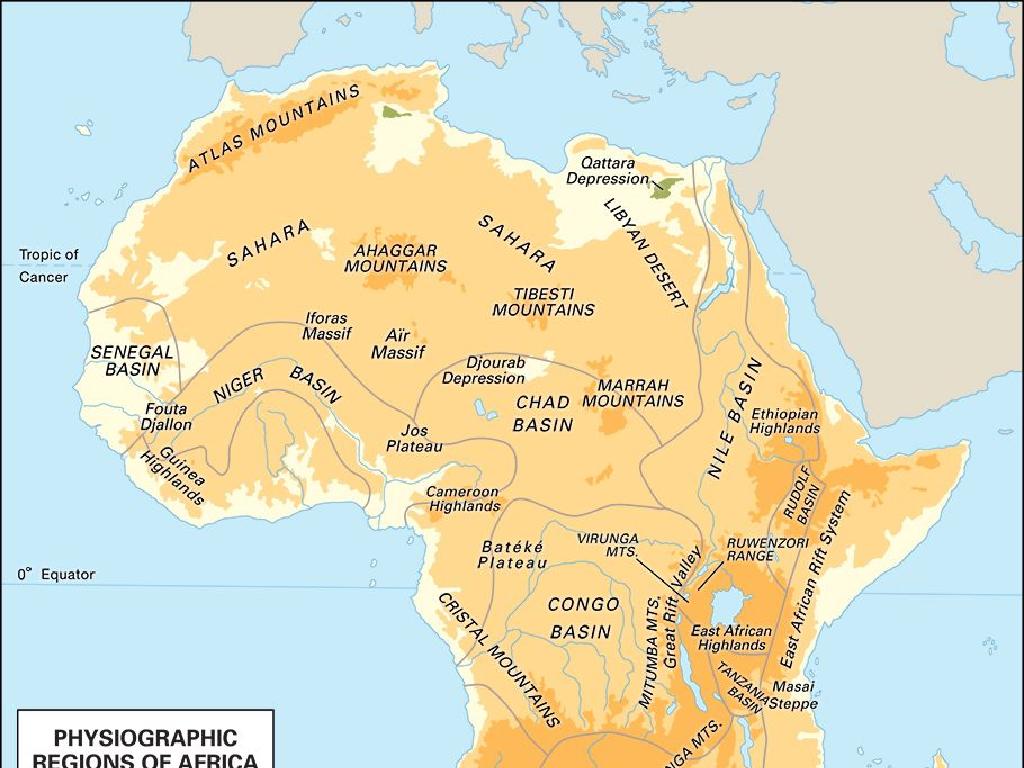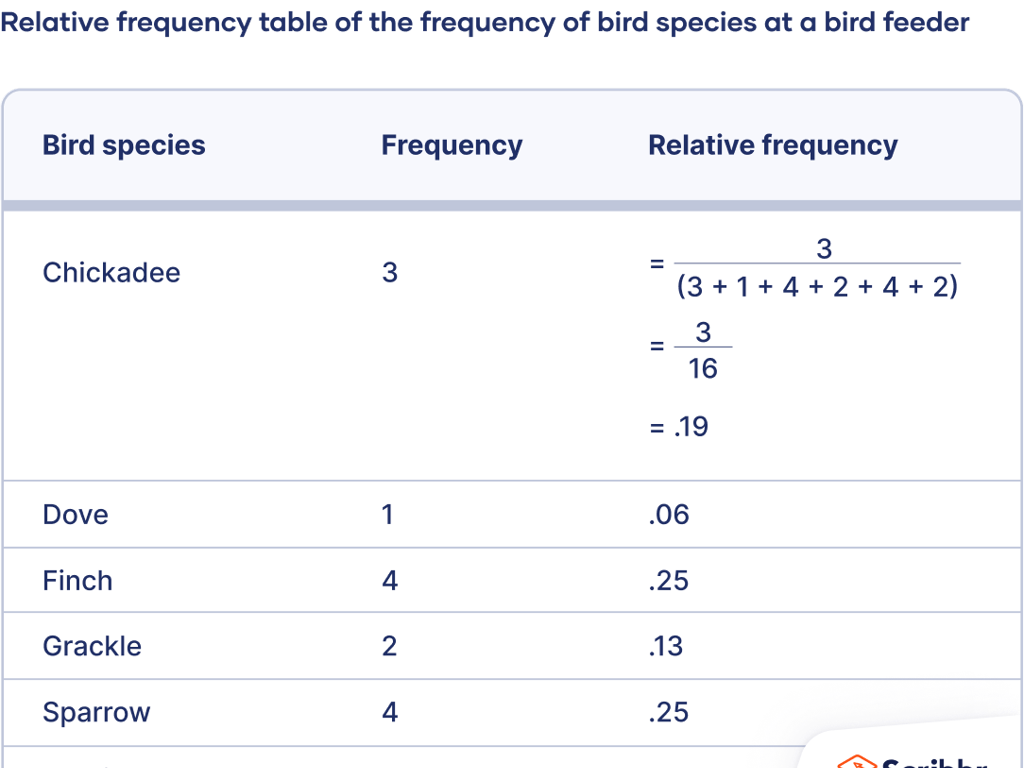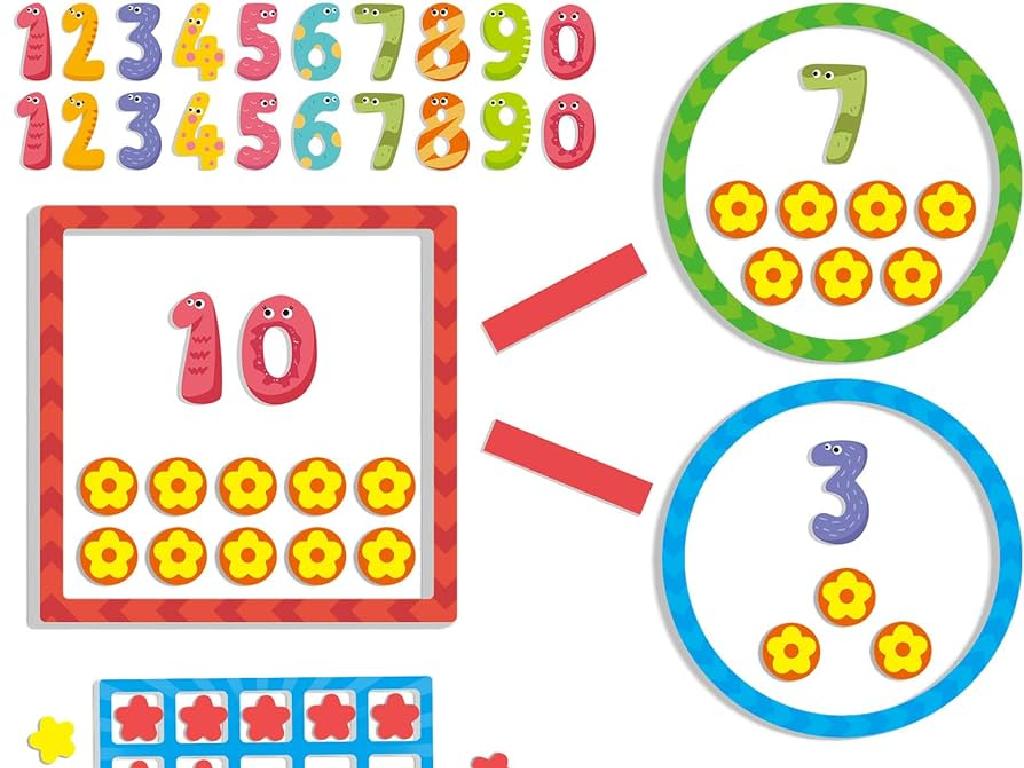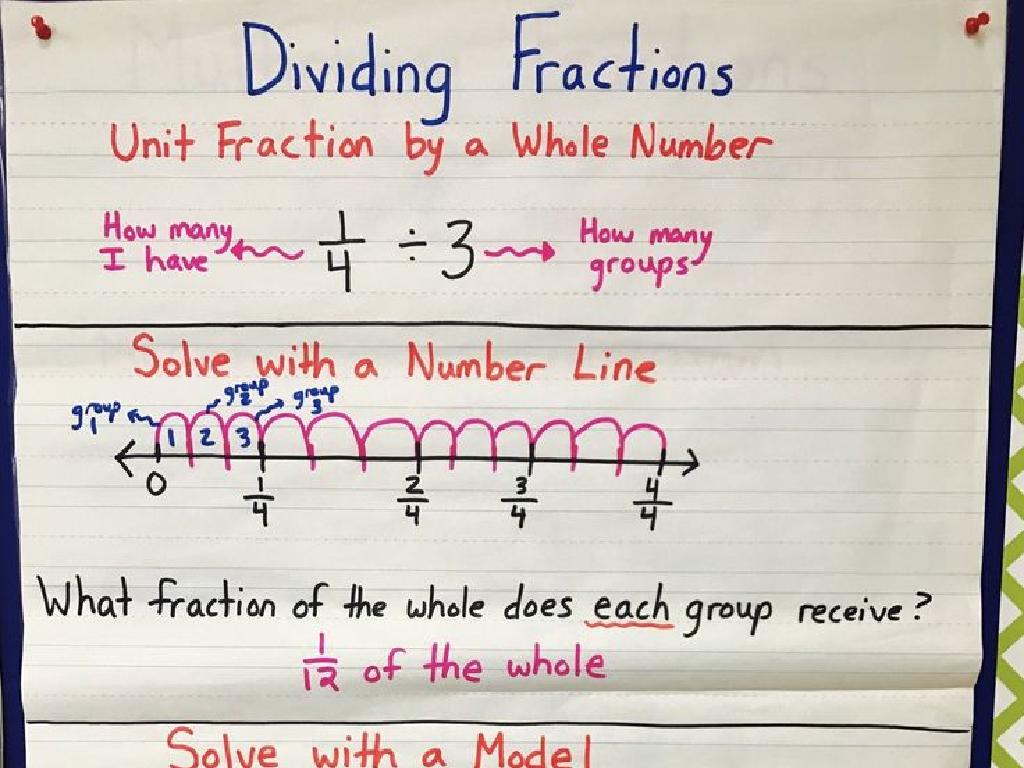Find Two Numbers Based On Sum, Difference, Product, And Quotient
Subject: Math
Grade: Fourth grade
Topic: Mixed Operations
Please LOG IN to download the presentation. Access is available to registered users only.
View More Content
Exploring Mixed Operations
– Understanding basic operations
– Basic operations include addition, subtraction, multiplication, and division.
– Operations work together
– We can combine these operations to find two numbers based on their sum, difference, product, and quotient.
– Solve problems with mixed operations
– Use clues from mixed operations to solve for unknown numbers.
– Practice with examples
– Let’s try: If the sum is 10 and the product is 16, what are the two numbers?
|
This slide introduces students to the concept of mixed operations in mathematics. Begin by reviewing each basic operation: addition, subtraction, multiplication, and division. Explain how these operations can be combined to solve complex problems, such as finding two unknown numbers when given their sum, difference, product, or quotient. Provide examples and encourage students to think of operations not as isolated skills, but as tools that work together. For the practice example, guide students through the process of using the given sum and product to determine the two numbers (4 and 6 in this case). This will help them understand the practical application of mixed operations in problem-solving.
Understanding Sum: Addition in Mixed Operations
– Sum means adding two numbers
– When we add 7 and 3, we get the sum of 10
– Steps to find the sum
– 1. Think of a number 2. Add a number to it to make 10
– Example: Sum equals 10
– Could be 7 + 3, 6 + 4, or 5 + 5
|
This slide introduces the concept of sum and addition, which is a fundamental part of mixed operations in mathematics. Begin by explaining that a sum is the result of adding two numbers together. Walk through the process of finding the sum by picking one number and figuring out what needs to be added to it to reach a total. Use the example provided to show that there can be multiple pairs of numbers that add up to the same sum, in this case, 10. Encourage students to think of other pairs that add up to 10 and to understand that addition is commutative; the order of numbers does not change the sum.
Understanding Difference in Numbers
– Difference means subtraction
– Steps to find the difference
– Subtract the smaller number from the larger one
– Example: Difference is 4
– If 9 – 5 = 4, then the difference is 4
– Explore possible numbers
– What other pairs of numbers have a difference of 4? (e.g., 8 – 4, 10 – 6)
|
This slide is aimed at helping students understand the concept of difference as it relates to subtraction. Begin by explaining that ‘difference’ is the result you get when you subtract one number from another. Walk through the steps of finding the difference by always subtracting the smaller number from the larger one. Use the example provided to show how 9 minus 5 equals 4, and then ask the students to think of other number pairs that also have a difference of 4. This will help them grasp the concept that there are multiple solutions to such problems. Encourage the students to practice with different numbers to become comfortable with finding differences.
Understanding Product in Multiplication
– Define the product
– The product is the result of multiplying two numbers together.
– Finding the product
– Multiply two numbers to see how much they combine to make.
– Example: Product equals 16
– Possible pairs: 1 x 16, 2 x 8, 4 x 4. What other pairs can you think of?
|
This slide is aimed at helping fourth-grade students understand the concept of multiplication as finding the product of two numbers. Begin by defining the term ‘product’ as the result of multiplication. Then, demonstrate how to find the product using a simple multiplication problem. Use the example where the product is 16 to show that there can be multiple pairs of numbers that result in the same product, and encourage students to think of other possible combinations. This will help them grasp the idea that multiplication is commutative, meaning that the order of numbers does not affect the product. In the next class, we can have students come up with their own products and find different number pairs that result in that product.
Understanding Quotient in Division
– Quotient: result of division
– Finding the quotient step-by-step
– Divide the larger number by the smaller number
– Example: Quotient of 3, possible numbers?
– If 15 ÷ 5 = 3, then 15 and 5 are the numbers
– Practice with different numbers
– Try finding numbers with a quotient of 3 on your own
|
This slide introduces the concept of quotient as the result of division. It’s important to explain that the quotient is what you get when you divide one number by another. Use simple examples to show how to find the quotient, such as dividing 15 by 5 to get 3. Encourage students to think of other number pairs that divide to get 3, like 6 and 2 or 9 and 3. Provide practice problems for students to solve, reinforcing the concept of division and how to find the quotient. This will help solidify their understanding of division as part of mixed operations in math.
Mystery Numbers with Clues
– Use clues to find two numbers
– Solve with different operations
– Example: Sum is 18, product is 77
– If we add two numbers and get 18, and multiplying them gives us 77, what could they be?
– Discover the mystery numbers
– Let’s use math to find the answer!
|
This slide introduces students to the concept of finding two unknown numbers using given mathematical clues involving sum, difference, product, and quotient. Start by explaining how to use clues to determine the numbers. Then, demonstrate solving problems that require more than one operation. For the example provided, guide students through the process of finding two numbers that add up to 18 and multiply to 77. This could be done by listing factors of 77 and checking which pair adds up to 18. Encourage students to think critically and explore different combinations to find the correct numbers. This exercise will enhance their problem-solving skills and understanding of how different operations are interconnected.
Math Detective: Uncover the Mystery Numbers
– Pair up for a math mystery
– Receive clues about two numbers
– Use math operations to solve
– Sum, difference, product, quotient clues
– Present your findings to class
– Explain the steps you took
|
This class activity transforms students into math detectives, where they work in pairs to deduce two mystery numbers based on provided clues involving the four basic math operations: addition (sum), subtraction (difference), multiplication (product), and division (quotient). Distribute different sets of clues to each pair to keep the activity dynamic and engaging. Possible clues could be: ‘The sum of the numbers is 16’, ‘The difference between the numbers is 4’, ‘The product of the numbers is 48’, ‘Dividing the larger number by the smaller gives you 3’. After solving, students will share their answers and the logical steps they took to arrive at the solution, promoting communication and critical thinking skills.
Conclusion: Mastering Mixed Operations
– Review of mixed operations
– Sum, difference, product, quotient between numbers
– Significance in daily life
– Helps solve real-world problems, like shopping and cooking
– Homework for practice
– Practice problems to reinforce today’s lesson
– Keep practicing and asking questions
|
As we wrap up today’s lesson, it’s important to revisit the key concepts of finding two numbers based on their sum, difference, product, and quotient. Understanding these mixed operations is crucial as they are the building blocks for higher-level math and are used in various everyday situations, such as calculating change or following a recipe. Assign homework that includes a variety of problems to ensure students apply what they’ve learned. Encourage them to continue practicing these skills and to reach out with any questions they may have. This will help solidify their understanding and prepare them for more complex mathematical challenges.





